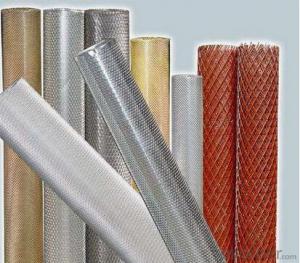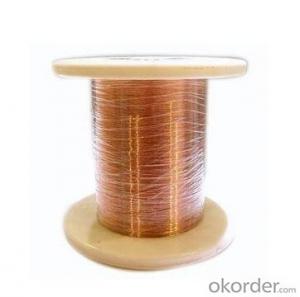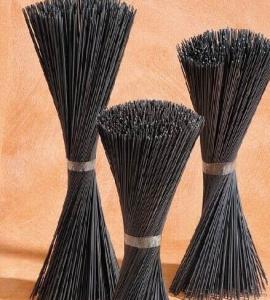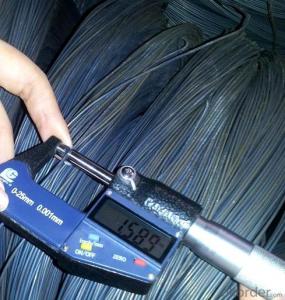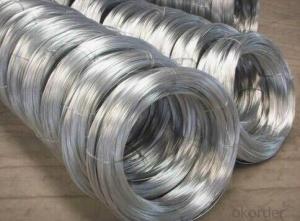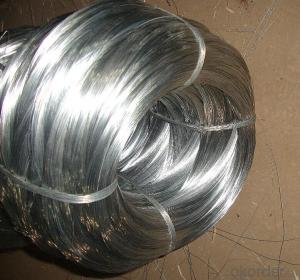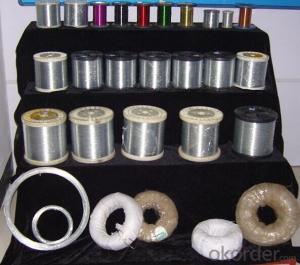Aluminum Copper Alloy
Aluminum Copper Alloy Related Searches
Led Light Bulbs For Ceiling Fixtures Led Lamps For Ceiling 42 In Ceiling Fan With Light Aluminum Coil Stock For Gutters Aluminum Foil For The Grill Hole Saw For Aluminum Plate Aluminum Tread Plate For Trailer Bow Plate For Aluminum Boat Aluminum Foil For Grow Room Aluminum Foil For Joint PainHot Searches
Stock Price For Aluminum Aluminum Coil Stock For Sale Aluminum Gutter Coil For Sale Used Aluminum Scaffolding For Sale 1/4 Aluminum Plate For Sale Aluminum Bar Stock For Sale Aluminum Round Stock For Sale Aluminum Diamond Plate For Sale Aluminum Scaffolding For Sale Craigslist 6061 Aluminum Plate For Sale Aluminum Dock Plate For Sale 7075 Aluminum Plate For Sale Aluminum Tread Plate For Sale Aluminum Checker Plate For Sale Aluminum Plate For Sale Near Me Plate Aluminum For Sale Aluminum Plate For Sale Aluminum Square Stock For Sale Aluminum Flat Stock For Sale Billet Aluminum Stock For SaleAluminum Copper Alloy Supplier & Manufacturer from China
Okorder.com is a professional Aluminum Copper Alloy supplier & manufacturer, offers integrated one-stop services including real-time quoting and online cargo tracking. We are funded by CNBM Group, a Fortune 500 enterprise and the largest Aluminum Copper Alloy firm in China.Hot Products
FAQ
- Why are some wires (especially thin ones, like ones connecting a battery pack in a toy) made up of many wires instead of just being one solid piece of metal?
- Electrical wires can produce noise. To reduce the noise they needed to twist it and add more wires into it. Some wires have many threads of wires inside an electrical wire to carry more data. An example is a Coaxial cable.
- chicken wire mesh
- Perhaps to make a chicken Coop
- i've got a GOTOH humbucker pick up and its only got a white and a bare wire. can someone tell me how to wire it or how it works. i'm making my own guitar and i need help with the wiring.
- The bare wire is usually ground. Solder that to the ground wire that you should have wired to the bridge, and also to the sleeve connection on the output jack. The insulated wire carries the signal. Depending on the configuration you are running, whether it be a single pickup, two pickups, and global controls or dedicated controls, this can go in different places. Let's say, hypothetically, that you are using a single pickup. Then, the signal wire would go straight to the Volume pot. The tone pot would be an offshoot of the volume, which tapers the high end. There are multiple ways to wire a tone pot, should you install one, and the wiper of the volume pot goes to the tip connection of the output jack. For more information, look at some pickup wiring guides. Seymour Duncan has a lot of good ones, if you go on their site and search.
- what do i do? the wire just snapped.
- If the wire is broken but still attached to your brackets and it isn't moving you could put a piece of wax or gum over where the sharp part is to prevent you from catching your cheeks or lips on it. If it's too loose and about to fall out then try gently sliding the wire out from under the bands around the brackets (only if you really have to). Make an appointment to your orthodontist as soon as they can get you in because that isn't fun to have to put up with. Please don't chew on anything hard like candy or it might make the weakened bracket pop off which might make for a longer appointment. Stick with soft foods 'till you can get it fixed. I had them for 4 years! Now I work in a dental office. Just take it easy, don't worry too much. :)
- But I want to switch it and wire the red ceiling wire to the black fan wire and the black ceiling wire to the black/white fan wire so that the particular switches work the way I want them to. Is this ok, to switch them?
- Black wire on the fan is for the fan motor, red wire in the fan is for the light, the white wire is the neutral wire. So if you do want to switch the light off and on you have to tie red wire to the switch and the black wire can be tied to the hot at the ceiling box so you can control the fan with the chain only. If you have one switch leg in your circuit then you cannot do anything but switch them both if you tie them together. I think I am understanding what you are saying here. White Alyse ties to white Black is for the fan motor and the red is for the light. If you have three wires in the switch then you can tie them the same way color to color. Hope this has not confused you You can email me if you need further help
- have black (hot) and 2 whites from the house. Got Black,green.blue.and white from the fan. Any clues on how to wire this? There is a light switch involved. I know to match the colors but what do with the blue (light) wire is beyond me.
- The blue wire is the supply connection for the fan motor, simply connect this wire to your homes black wire. ( blue and black from fan) to the black wire in the box. Splice the two neutral ( white ) wires together. If you plan on using a dimmer switch use one with motor control. Green is your ground connect it to the bare copper wire in the box or screw Its a good thing you picked up on that white wire at first glance I was thinking the fan had 2 whites, .. You will have two switches if one of the white wires in your box is a switch leg, if there is two switches, make sure you separate the wires in the ceiling box, place a marrett on each individual one for safely, turn the switches on remove one marrett a time test with a multimeter white to ground to identify you hot and neutral
- I'm looking to install a ceiling fan in a fixture that recently had just a light (no idea if it ever had a fan). When I removed the old light, I found that there were three white wires from the ceiling twisted together and connected to the white wire on the light fixture, one black wire from the ceiling connected to the black wire on the fixture, and three black and one white ceiling wires just capped together, not connected to the light fixture.Any idea what the last 4 wires are? I would think that I just need to leave them alone, however, I have to replace the box in the ceiling with one that is rated for a fan, which means I need to (temporarily) disconnect them. I have the breaker turned off that turned the light off, but can I be 100% sure that power to those other 4 wires if also off?
- You don't have to know what they are, but other anwers are good esp with regard to safety. You can choose either to leave them alone or disconnect them and reconnect them inside your new ceiling box. If you want to disconnect them, be sure to mark all the cables first so you can't make a mistake when you reconnect them.
- How can I investigate the resistance of wire and how it changes with the length of the wireCheers
- get a multimeter. get long lengths of different gauge (diameter) copper lead wire. for each diameter, measure the resistance. cut 1ft off, measure the resistance, cut 1ft off, measure the resistance, cut 1ft off, etc etc. plot the resistance vs length for each gauge separately. show that the resistance is linear in the wire length in each case. now use the different diameter data to measure the resisitivity of copper. resisitivity rho = R*A/L R = resistance L = length A = cross-sectional area cheers










